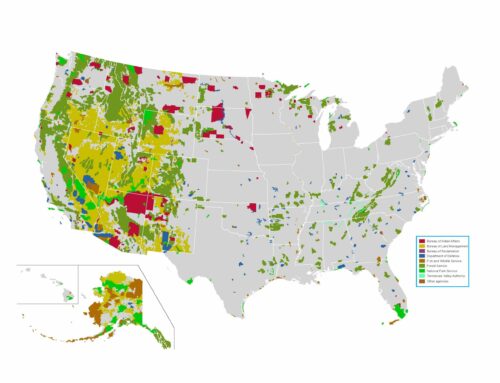by Myron Ebell, CEI Director, Center for Energy and Environment
As Appearing on the Competitive Enterprise Institute Blog
Researchers at Harvard University’s T. C. Chan School of Public Health in late April published a draft or preliminary study that concluded, “A small increase in long-term exposure to PM2.5 leads to a large increase in the COVID-19 death rate.” PM2.5 is fine particulate matter in the air, which is often called (not entirely correctly) soot.
The study found that an increase of 1 microgram of PM2.5 per cubic meter of air was correlated with a 15 percent increase in the mortality rate from the COVID-19. The haste with which the study was thrown together was exposed a few days later when the authors lowered the 15 percent increase in mortality to 8 percent. Both numbers came with a 95 percent confidence interval…
Among numerous flaws pointed out by experts, let me first mention that even in the unlikely case that there is a correlation between death rates from the virus and PM2.5 levels, correlation does not prove causality. The United States has PM2.5 levels that are less than one-sixth the global average and among the lowest in the world. Moreover, several countries with lower mortality rates also have much higher PM2.5 levels. As Steve Milloy points out, the death rate from the virus in Wuhan, China should be approaching 100 percent because its PM2.5 level is 158 micrograms.






